Key Point – Though the jet is prized for its affordability and relative ease of operation, newer fifth-generation and sixth-generation aircraft may undermine the JAS 39 Gripen E’s export prospects in the future.
It’s Sweden’s post-Cold War-era fighter of choice—and indeed, a mature, flexible platform—the Gripen E. Saab, the aerospace heavyweight headquartered in Stockholm, saw their fighter first enter service in the early 1990s, a lightweight, single-engine, initially single-seat aerodynamically unstable jet that, thanks to its unique geometry, offered excellent maneuverability.
And although that jet has enjoyed success in Sweden and abroad, some stiff competition may be on the horizon.
Origin Story for JAS 39
The Gripen E’s origin story begins with Stockholm’s need for an updated, more capable replacement for Sweden’s Cold War-era fighters, the venerable Saab’s Draken and the Viggen aircraft. At the time,
Sweden required a multi-role platform that could be entrusted with several roles, including air policing and interception, as well as ground attack and aerial reconnaissance and attack. Operational and maintenance simplicity was of utmost importance, as Sweden now relies heavily on conscripts to fill the ranks for a short period and lacks the deep knowledge inherent in years of service.
The new jet also had to be compatible with Sweden’s basing system. At the time, a highly distributed network of small air nodes throughout Sweden supported air fleets: Bas 90. Instead of basing their fighter jets at a smaller number of large air bases, Sweden chose to park its jets throughout the country at smaller dispersed locations, preventing a deadly knock-out blow in a hypothetical conflict with the Soviet Union.
Given those operational requirements, the resultant Saab jet was unsurprising: the multi-role Gripen. The lightweight single-engine fighter relied on a delta wing design and a pair of canards for maneuverability, giving the jet the ability to land and take off from short airstrips.
It was also simple enough for conscript airmen to perform refueling and the basics necessary to get the jet into the air and in combat. The JAS 39 Gripen design, finalized in the waning days of the Cold War, entered service with the Swedish Air Force in the 1990s.
Import and Export on the International Market: Successes
Saad designed the Gripen E from the wheels up to meet the exacting requirements of the Swedish Air Force. As a consequence of Saab’s effort, the Gripen is cheap and simple — and simply an affordable option for countries that lack both the budgets and adversaries to justify higher-end capabilities like the American F-35 or other stealth fighters.
Indeed, the Gripen E’s great strength internationally has been its affordability. The jet is either in active service or as a training platform for Sweden, the United Kingdom, Colombia, the Czech Republic, Hungary, South Africa, Brazil, and Thailand as of last year. Interestingly, apart from other countries, Brazil struck a deal with Sweden that allowed local licensed production of the Gripen E in Brazil as part of a technology agreement agreed upon by both countries.
Other Competitors
Despite the Gripen E’s strength and attractiveness to some foreign customers, the Swedish fighter may soon face stiffer competition in the international arms export market thanks to newer entrants.
Work on the GCAP program is moving along quickly. That effort, which seeks to combine the industrial might and aerospace know-how of the United Kingdom, Italy, Japan, and potentially Saudi Arabia to produce a sixth-generation aircraft, might not compete directly with the Gripen E, given the significant increase in capabilities it would offer, but it does crowd the market.
Another initiative, from South Korea’s Korea Aerospace Industries, would ultimately like to offer an up-stealth variant of the KF-21 fighter.
While the initial base KF-21 would fly with weapons externally mounted, KAI has indicated that in the future, the jet’s airframe would be expanded and modified to accommodate internal weapon carriage.
Into the Future: Upgrades and Improvements
Since its introduction, the JAS 39 Gripen has undergone several rounds of modifications and refreshes. The Gripen E/F is the newest variant and sports an upgraded engine from General Electric that boosts thrust and performance.
This variant’s electronic warfare systems also received an upgrade. Although the Gripen has undoubtedly been a jack-of-all-trades tool for the Swedish Air Force, the jet may, in the near future, become outclassed by newer platforms.
Perhaps cognizant of this hypothetical future scenario, Stockholm has indicated potential intent in several sixth-generation fighter projects, Future Combat Air System and Global Combat Air Program.
Though Sweden’s aerospace know-how does not necessarily extend deeply into fifth or even sixth-generation fighter technology, the country, via Saab, benefits from a robust and storied history.
Still, the Gripen’s overall simplicity, a strength in its home airspace, may be somewhat of a limiting factor as aerial warfare traditions transition to fifth—and sixth-generation technology, particularly for the United States, Russia, and China.
Though the JAS 39 Gripen E is an exceptionally survivable platform, the fighter remains firmly rooted in the immediate post-Cold War era technology, casting a shadow on its ultimate longevity.
JAS 39: A Story in Photos
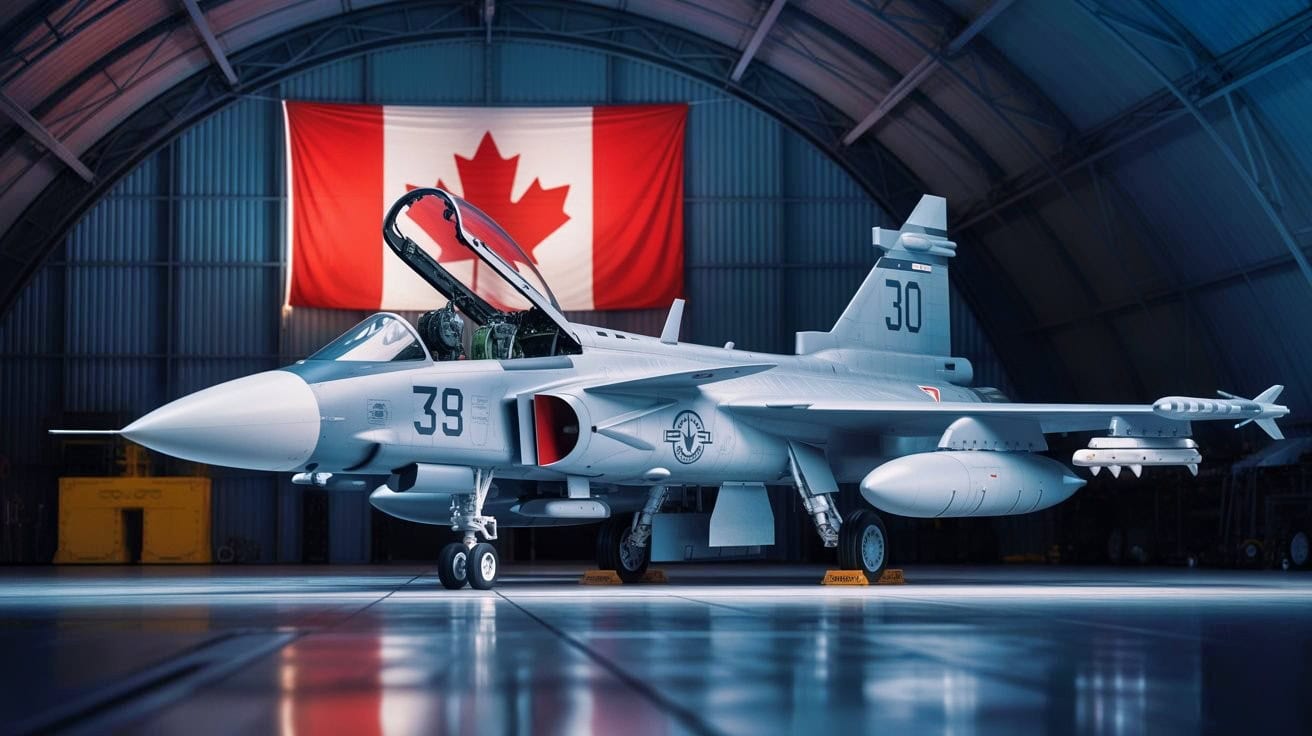
JAS 39 Gripen Fighter for Canada. Image Credit: Ideogram.
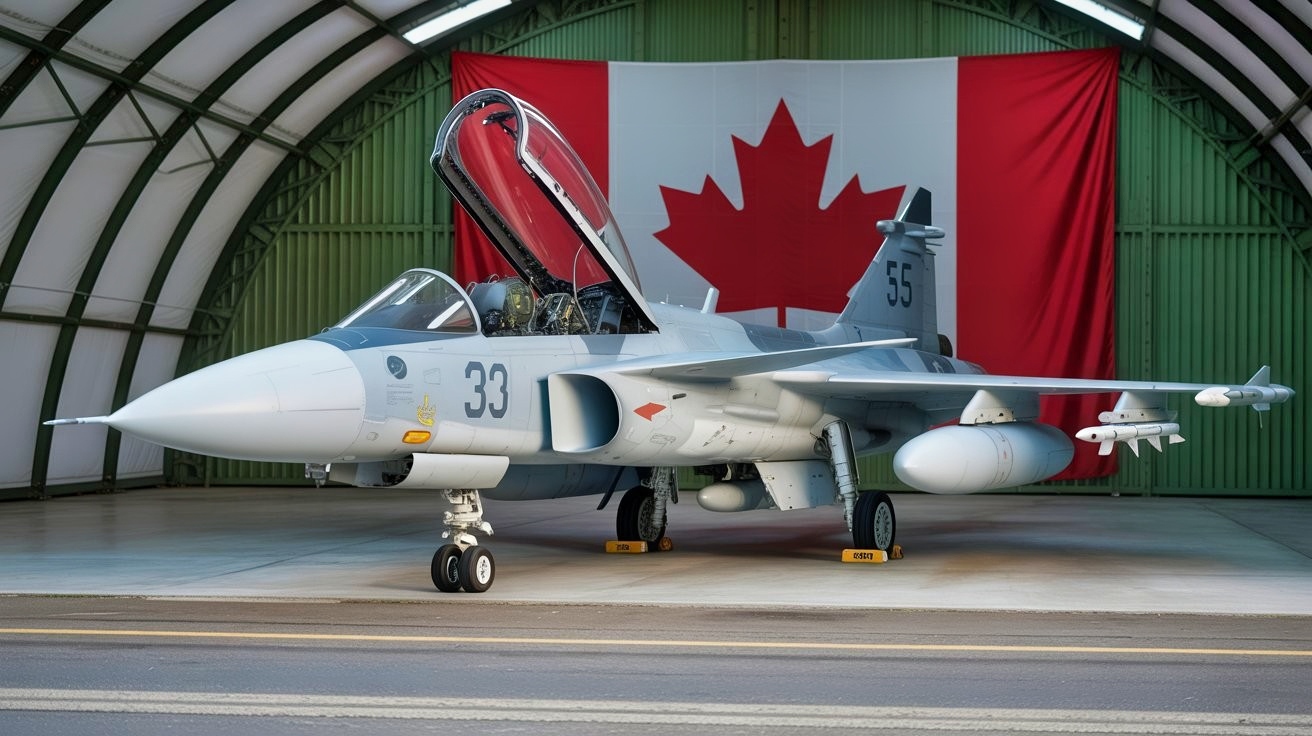
JAS 39 Gripen Fighter in Canada. Image Created with Ideogram.
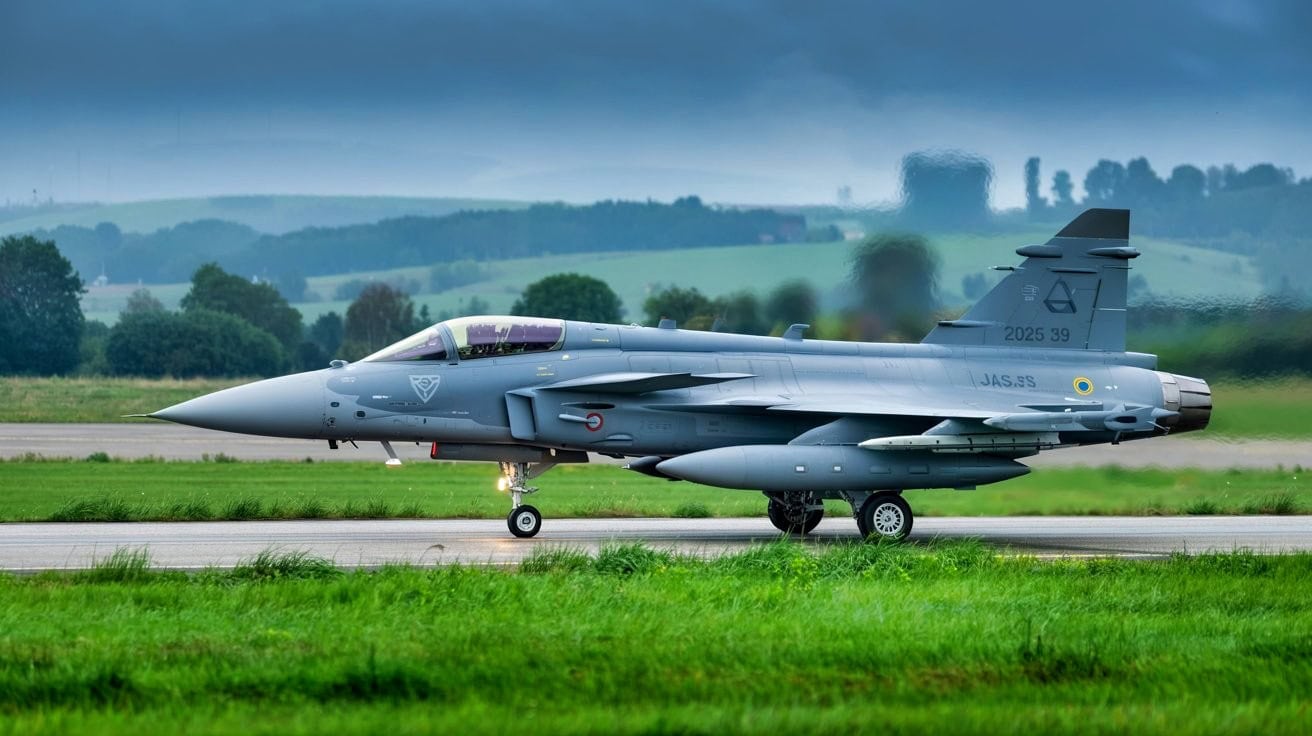
JAS 39 Gripen Fighter. Image Created VIA Ideogram.
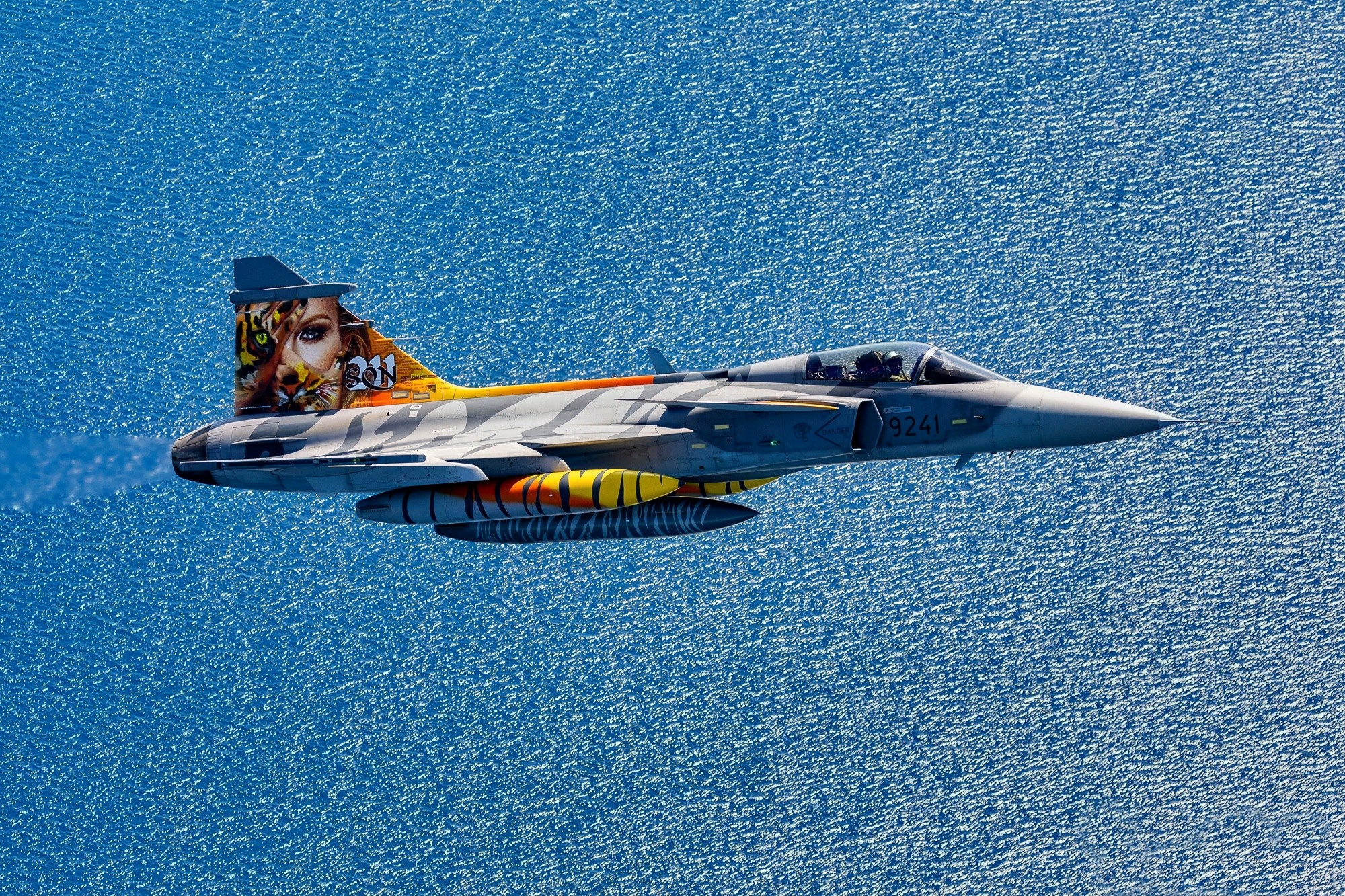
JAS 39 Gripen over the Ocean. Image Credit: Creative Commons.
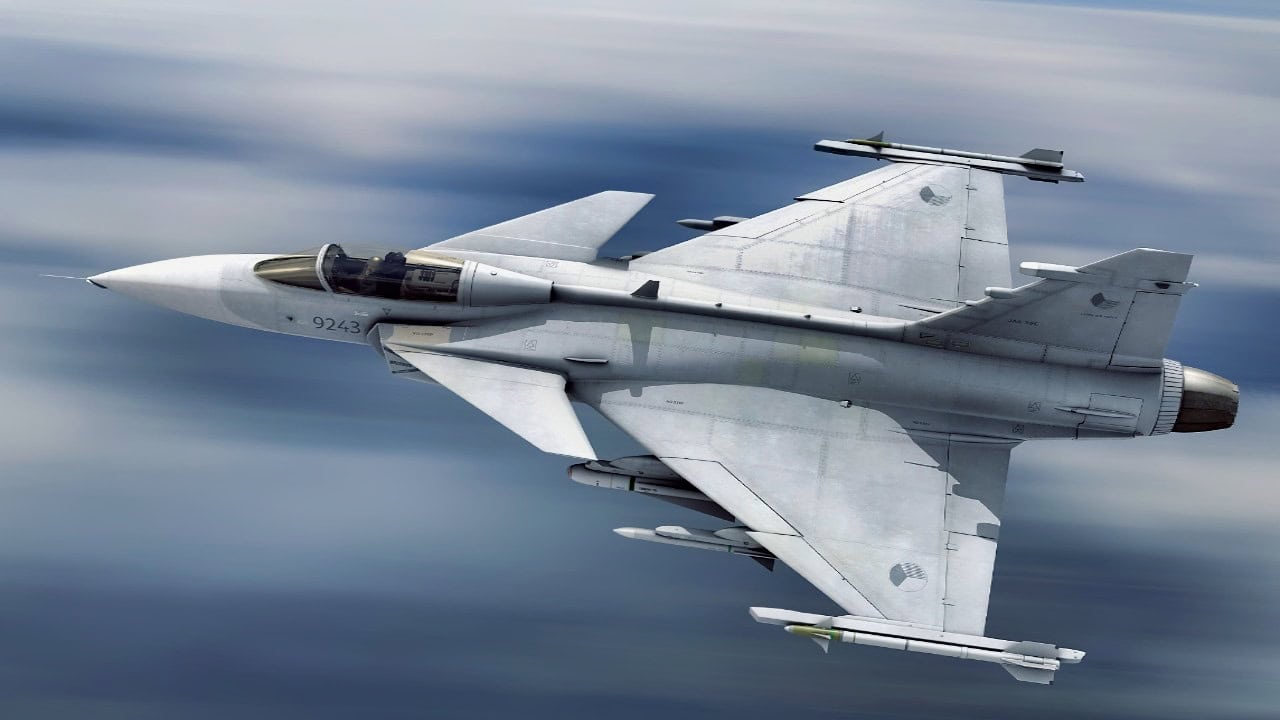
JAS 39 Gripen. Image Credit: Creative Commons.
About the Author: Caleb Larson
Caleb Larson is an American multiformat journalist based in Berlin, Germany. His work covers the intersection of conflict and society, focusing on American foreign policy and European security. He has reported from Germany, Russia, and the United States. Most recently, he covered the war in Ukraine, reporting extensively on the war’s shifting battle lines from Donbas and writing on the war’s civilian and humanitarian toll. Previously, he worked as a Defense Reporter for POLITICO Europe. You can follow his latest work on X.

